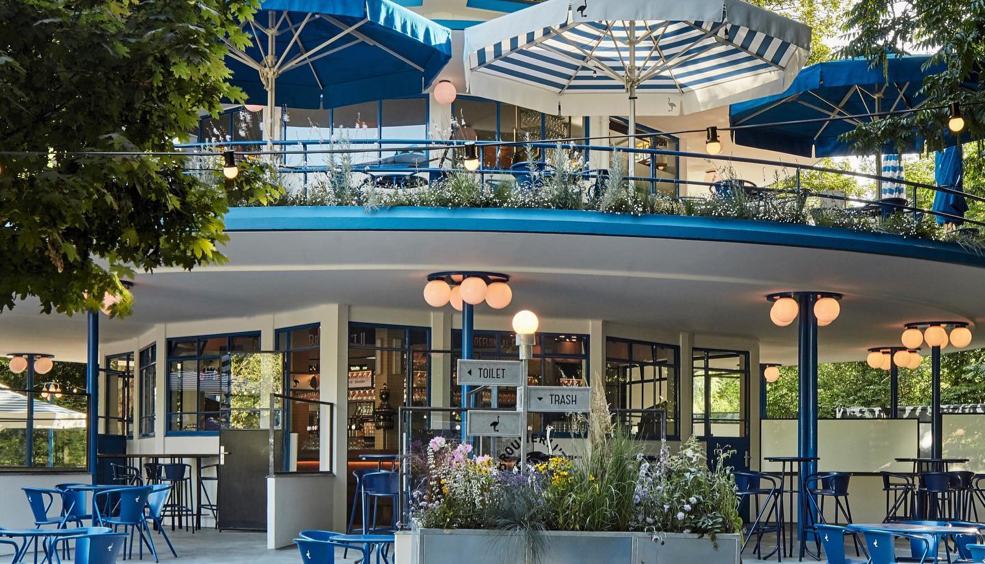REASONS TO VISIT MENORCA IN WINTER. IT'S SO MUCH MORE THAN BEACHES!
The islands are not only for summer! Some say that Menorca is even more beautiful in winter, if possible. We tell you why, so you can start to plan your next getaway very soon!
more info10 reasons not to miss Asturias
The sea, nature, fishing villages, cities full of monuments, nightlife, valleys and mountains. There are so many reasons to visit Asturias that we have struggled to pick just ten.
more info8 fascinating facts you probably didn’t know about Rome
If you’re planning a trip to Rome anytime soon, check out these fascinating facts to help you get the most out of the Eternal City.
more infoAre you thirsty? Here are five of the best beer bars in Europe
If you love craft beer, this post is for you! Read on to find the best places to quench your thirst and discover new spots in Barcelona, Dublin, Munich, Amsterdam and Prague.
more info




